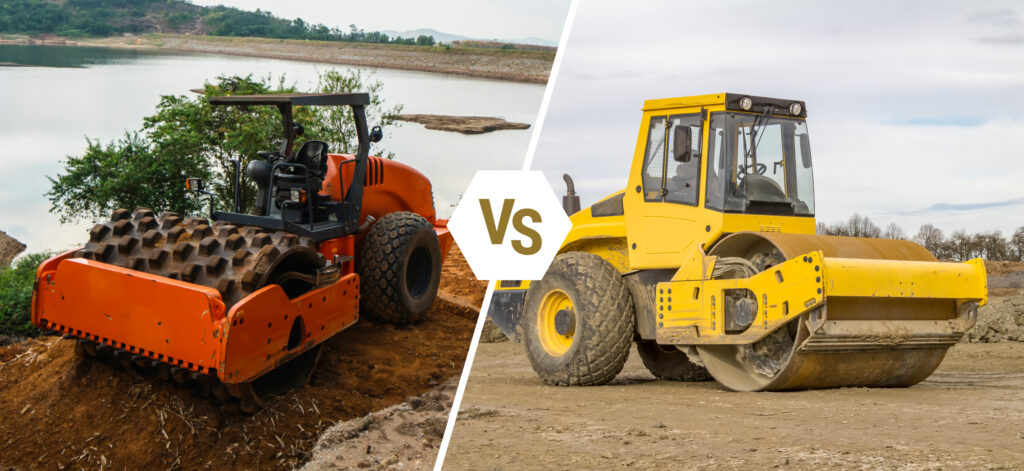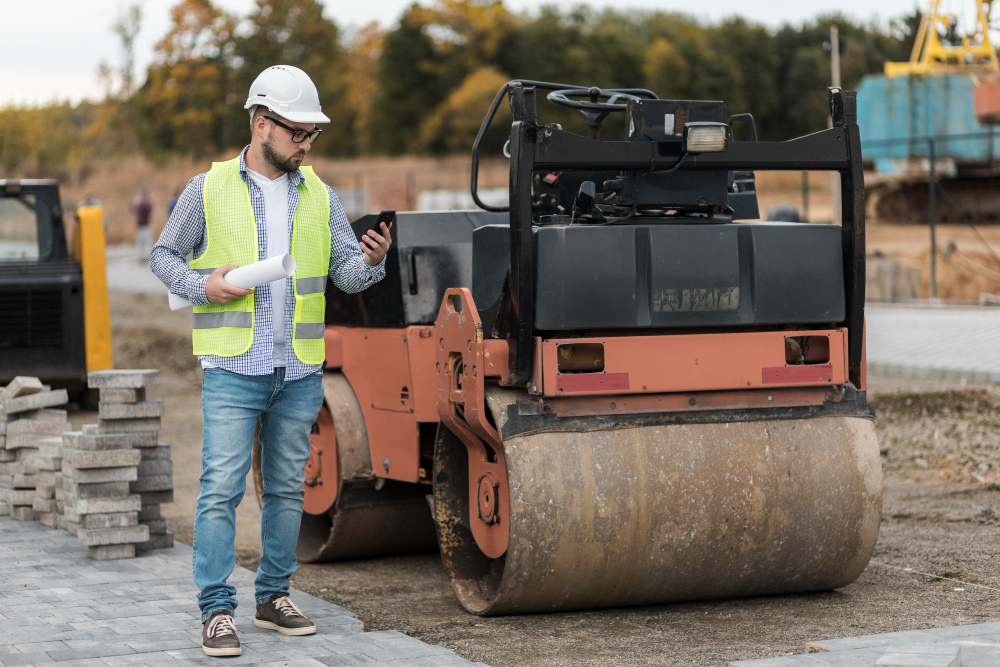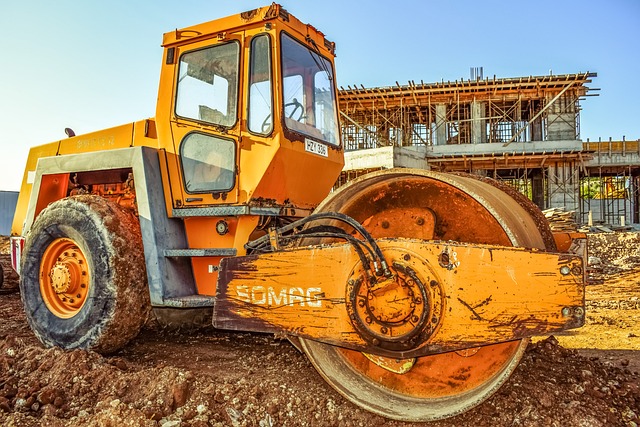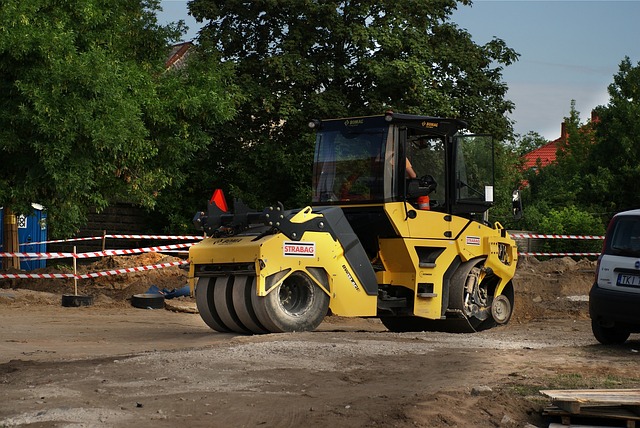Roller compactors are crucial in construction, ensuring that the ground beneath structures is stable and able to support significant weight. The drum design of a roller compactor is a critical factor that impacts the quality of soil and aggregate compaction. This article delves into the functions and applications of padfoot vs smooth rollers, highlighting their key differences and benefits.
The Basics of Roller Compactors
Structure and Functionality
Single-drum rollers, also known as soil compactors or vibratory rollers, consist of a seat, back wheels, and a metal drum. The drum flattens the ground as it rolls over the surface, similar to how a rolling pin flattens dough. This compaction increases the load-bearing capacity of the ground, which is essential for constructing stable foundations.
Types of Rollers
There are two primary types of roller compactors: padfoot vs smooth rollers. Smooth rollers have flat, smooth drums, while padfoot rollers feature drums with metal knobs, often referred to as sheepsfoot rollers. These rollers are used to prepare job sites, ensuring that the soil has adequate load-bearing capacity and a smooth surface.
Key Differences Between Padfoot and Smooth Rollers
Roller Design and Compaction Mechanism
The design of the drum is the most noticeable difference between smooth and padfoot rollers. Smooth rollers have flat drums, ideal for compacting non-cohesive materials like sand, gravel, and asphalt. Padfoot rollers, with their knobbed drums, are better suited for semi-cohesive soils such as clay, silt, and mud.
Both roller types employ static or vibratory compaction mechanisms. Static compaction uses the machine’s weight to compact the soil, while vibratory compaction involves the drum vibrating as it rolls, providing greater compaction efficiency.
Soil Type and Compaction Requirements
Smooth rollers excel in compacting grainy, non-cohesive materials. In contrast, padfoot rollers are designed for cohesive soils that stick together, making them suitable for areas with high water tables. Using the wrong roller type for a given soil can lead to ineffective compaction.
Operating Weight and Pressure Distribution
Smooth drum rollers distribute pressure evenly, making them efficient for compacting larger areas and creating a flat, level surface. Padfoot rollers, however, concentrate force at the base of each metal stud, providing stronger compaction for cohesive soils.
Maneuverability
Both roller types offer similar maneuverability, but smooth rollers are typically narrower, allowing them to navigate restricted areas more effectively. Padfoot rollers are often used in trenches and uneven terrains due to their superior traction.
Operating Costs and Maintenance
The maintenance and operating costs of both roller types are similar, with routine inspections and preventative maintenance being essential. Key tasks include lubricating drum bearings, cleaning the drum, and checking engine fluid levels.
Learn More: Comprehensive Guide to Selecting the Right Roller Compactor
Benefits of Using Different Roller Types
Benefits of Using a Padfoot Roller
- Effective Compaction of Cohesive Soils: The knobs knead the soil, enhancing compaction.
- Larger Surface Area for Improved Compaction: Knobs increase surface area, concentrating pressure.
- Better Traction on Slopes and Uneven Terrain: Suitable for uneven and cohesive soil conditions.
- Versatility with Vibratory Options: Enhances both static and vibratory compaction.
- Enhanced Compaction Speed: Can compact areas faster than smooth rollers.
Benefits of Using a Smooth Roller
- Effective Compaction of Non-Cohesive Soils: Flattens particulates, eliminating air pockets.
- Efficiently Compact Large, Shallow Areas: Even force distribution for larger areas.
- Narrow Machine Widths: Better maneuverability in restricted spaces.
- Creates Smooth, Even Passes: Produces a polished compaction surface.
Benefits of Using a Sheepsfoot Roller
Sheepsfoot rollers, though similar to padfoot rollers, have longer, cylindrical knobs that penetrate deeply into the soil, making them effective for semi-cohesive soils with finer grains.
Factors to Consider When Choosing Between a Padfoot and Smooth Roller
When selecting the appropriate roller for your project, consider the following factors:
- Required specifications (drum width, horsepower, maximum operating weight)
- Soil type or material requiring compaction
- Desired post-compaction results
- Job site conditions and accessibility
- Budget constraints
Learn More: Different Types of Soil Compaction Equipments
Conclusion
Understanding the functions and applications of padfoot and smooth rollers is essential for effective soil and aggregate compaction. By choosing the right roller type based on soil characteristics and project requirements, construction professionals can ensure stable, well-compacted ground that supports various structures and foundations.

